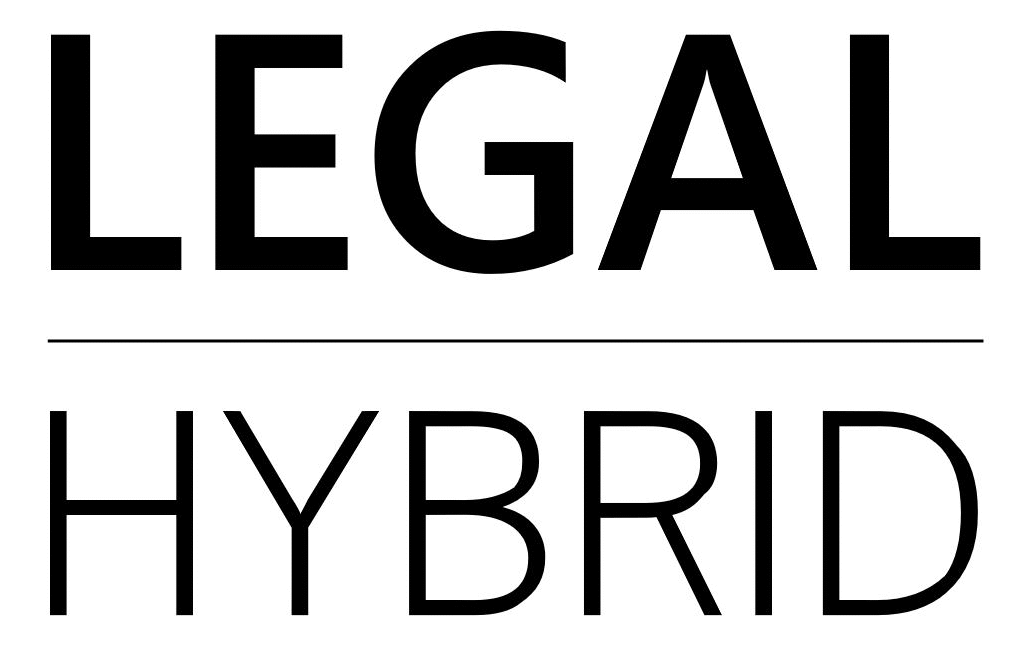GEOPOLITICS
Dark Fleet Issues – European Sanctions Framework
EU Sanctions Framework
The European Union’s sanctions framework is a parallel system to the US OFAC regime, but its sanctions process is not managed by a single body like OFAC. It is a shared responsibility among several institutions:
- The Council of the European Union officially adopts the sanctions.
- The European External Action Service (EEAS) proposes and prepares the sanctions.
- The European Commission, specifically DG FISMA, maintains the official list of sanctioned parties.
- National authorities in each member state are responsible for the enforcement.
Here is the bone structure of EU sanctions as they apply to dark fleet issues.
- Legal Foundation: EU sanctions are based on Common Foreign & Security Policy (CFSP) Decisions and Regulations. Regulations are directly applicable in all member states, creating a unified legal framework, unlike US sanctions which have extraterritorial reach.
- The Equivalent of the SDN List: The EU Consolidated List. This is the single, consolidated list of all persons, groups, and entities subject to EU financial sanctions (asset freezes). It is the direct counterpart to screening against OFAC’s SDN List.
- The “50% Rule” Equivalent: The EU has a similar “Control” principle. It applies sanctions not just to listed entities but also to entities owned or controlled by a listed person. “Control” is often interpreted as >50% ownership, but can also be exercised via other means, making the EU rule potentially broader in interpretation.
- Sectoral Sanctions Equivalent: The EU implements complex sectoral sanctions, primarily against Russia, detailed in Council Regulation (EU) No 833/2014. These are the functional equivalent of OFAC’s SSI List but are structured as prohibitions within a legal text rather than a dedicated list.
- Key measures include a crude oil and petroleum product price cap mechanism aligned with the G7.
- Prohibitions on maritime transport of Russian oil above the price cap.
- Bans on providing technical assistance, brokering, financing, or financial assistance related to the maritime transport of such oil.
- Deceptive Shipping Practices: The EU has published aligned guidance with the U.S. and UK, identifying the same practices (AIS manipulation, STS transfers, etc.) as high-risk indicators for sanctions evasion. Compliance is expected.
- Key Difference – Oil Price Cap Enforcement:
- US: Enforced by OFAC under its sanctions authority, targeting service providers globally using its financial leverage.
- EU: Enforced by individual Member States’ competent authorities. It is a direct prohibition under the EU Regulation, making violation a breach of EU law for EU entities.
- Critical EU-Specific Provision – Insurance Ban: A powerful EU measure prohibits the provision of insurance and reinsurance to vessels carrying Russian oil sold above the price cap. This directly impacts the global P&I insurance market due to the EU’s dominant share.
- Enforcement Bodies: Unlike the centralized OFAC, enforcement is decentralized to individual Member States (e.g., HM Treasury in the UK, BaFin in Germany, DGDDI in France). This leads to potential variations in enforcement rigor and priority.
